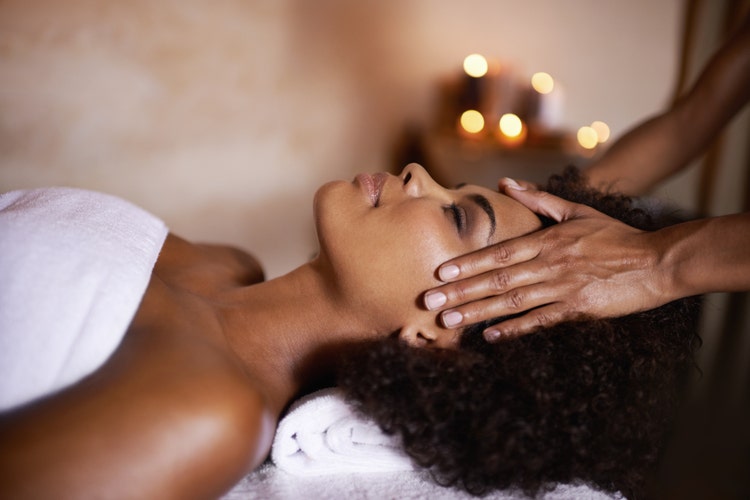The Misconceptions Around Massage

Ever been told a massage will help after a particularly brutal workout? Or maybe you’ve heard that massage increases your joint mobility, lowers your risk of injury or reduces your recovery time. So what’s the truth?
Massage has been used as both preventative and reactive medicine for thousands of years. Yet there still isn’t much scientific evidence to say it delivers what many claim. Despite this, many of us swear by massage as part of our training regimes, and plenty of high-performance athletes certainly seem to endorse it. So, is it a waste of money? Or are there proven benefits?
Delayed onset muscle soreness (DOMS), joint mobility, injury reduction and recovery time all relate to our peripheral nervous system (PNS). The PNS includes all the nerves running in and through the body, including the nerves running through muscle, and the nerves responsible for touch, pressure and pain. Numerous studies to have aimed to establish whether massage really does have an impact on these things—but the findings are inconclusive. We may swear blind that it works, but there’s no scientific consensus to say it does.
Interestingly, foam rolling can deliver most of these PNS benefits, and there is evidence to prove that foam rolling works. Of course, professional athletes incorporate both things in their training regimes, but given the inflated cost of massage relative to foam rolling, is massage worth the money for the regular fitness fan?
Yes! Because massage therapy reaches places that foam rolling can’t, namely your Central Nervous System (CNS) – the nerves that make up the brain and spinal cord. And the benefits to your CNS increase with repeated massage, which is why it can be worthwhile making it a regular part of your training regime.
In a study of all the research conducted into the benefits of massage, the following benefits to the CNS were shown:
- Decreased perception of pain—regular massage recipients generally have a higher threshold for pain than people who do not have regular massage (scientists don’t yet agree on why, but they do agree it works).
- Depression—it has been shown that even one single massage session can decrease the symptoms of depression.
- Anxiety—like depression, it has been shown that even one massage session can decrease feelings of “state anxiety” (the type that is situation dependent). Multiple sessions of massage therapy can decrease “trait anxiety” (where the anxiety has no specific source, such as an event, but is simply part of who you are).
Regular use of massage therapy can therefore increase our pain threshold and have a significant impact on overall well-being. Does that mean, however, that it is a waste of time having a massage to improve recovery time, DOMS, mobility and lower back pain? Not necessarily.
Whether it’s the placebo effect, or a real correlation between increased pain threshold and perception of the symptoms of DOMS, or our personal notion of how soon we are ready for another brutal training session, it’s likely that massage will do you good and will certainly do no harm (the same is true for foam rolling, but that’s unlikely to effect your mental well-being too).
The bottom line
Massage is good for you, although there’s little proof that the main benefits are the ones most commonly talked about. Even one session of massage therapy can influence symptoms of depression and anxiety, with regular sessions increasing the effect. Repeated massage also increases our perceived pain threshold which allows us to train harder, tolerate more and recover quicker. And let’s not undervalue the fact that for most people, massage just feels good and increases feelings of relaxation, which, in today’s hectic world, can only be a good thing.
If you want more health and fitness inspiration simply sign up to Fit Planet and get the freshest insights and advice straight to your inbox.